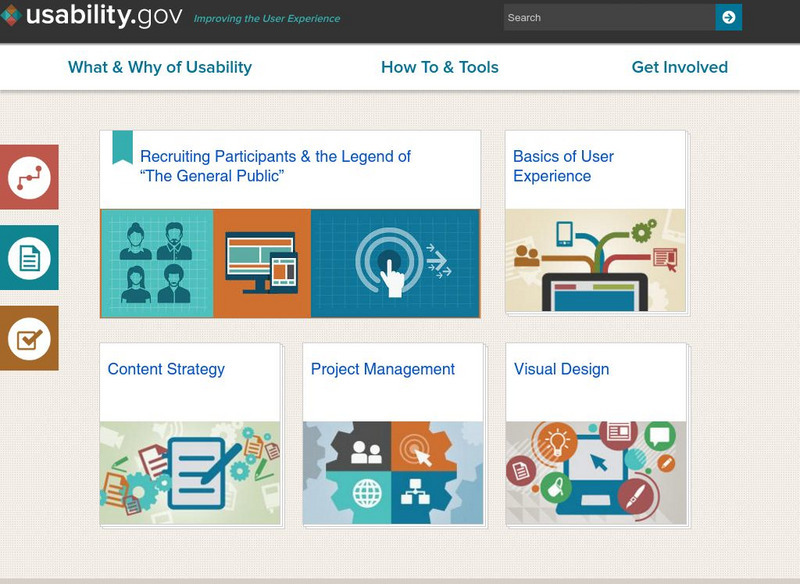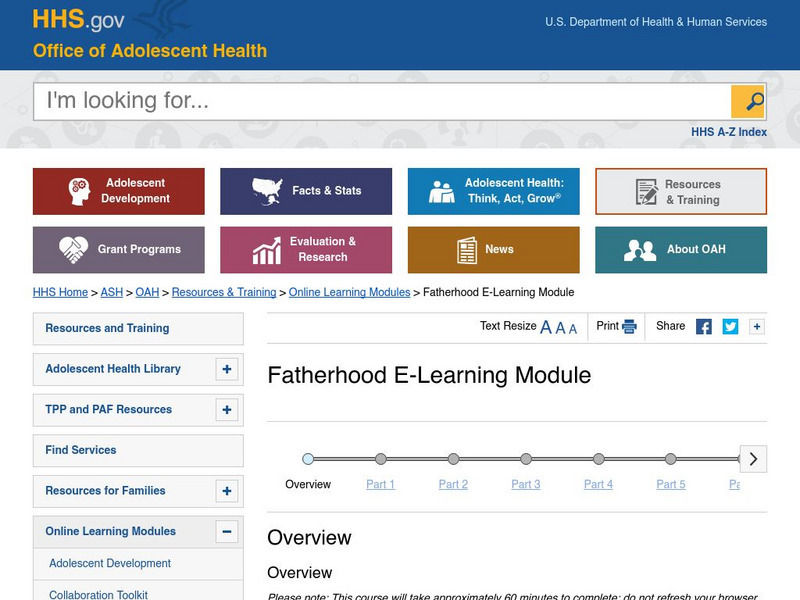Curated OER
Creating Public Awareness - Indoor Air Quality
Students design a poster about indoor air quality. In this indoor air quality lesson, students make a billboard that tells the occupants of a building about at least one air quality problem.
Curated OER
Pop Quiz
In this geography skills practice learning exercise, students respond to 12 multiple choice questions about world population statistics.
Curated OER
Is Capitalism Good for the Poor?
Students have the unique opportunity to analyze actual data collected by field researchers They research to see whether holding clear title made a difference in farmers' willingness to invest in capital improvements that would increase...
Curated OER
Strengthening Democracy in Latin America
Sixth graders examine the many challenges facing the nations of Latin America today. For this World Geography lesson, 6th graders analyze various documents that will help strengthen democracy. Students create a visual profile...
Curated OER
An Invitation to Simple Machines
Third graders explore simple machines as a way of helping the principle with a hurt foot manuever his way around the campus.
Curated OER
Brothers in Hope
Students demonstrate their understanding of a book read in class. In this reading comprehension activity, students participate in a process drama led by their teacher in order to demonstrate their understanding of the book "The Lost...
Curated OER
A New coat for Anna
Second graders participate in a bartering activity. They discuss the problems of bartering. Students read the book "A New Coat for Anna," by Harriet Ziefert. Students discuss the bartering Anna's mother did. They record the trades made...
Curated OER
Getting Up the Nerve
Middle schoolers examine the basics of the nervous system through an interactive program. They discover how the brain is linked to muscle movement. They can test cells through the interactive program to see how it reacts to different...
Curated OER
Epidemiology 1: What's My Hypothesis?
Young scholars demonstrate how descriptive epidemiological clues can be used to make educated guesses as to what might be the cause of a disease. They utilize handouts imbedded in this lesson plan.
Curated OER
Cost Effective Egg Drop
Students create cost effective ways to protect an egg. In this cost conscious lesson plan, students complete an egg drop activity while spending the least amount of money possible.
Curated OER
Precious Things - Dealing With Loss
Young scholars inquire how to deal with a personal loss. They explore how to deal positively with feelings. Students read stories about individuals who have lost personal possessions. Young scholars rank items in order of...
Curated OER
Environment
Learners examine the energy saving benefits of trees. They identify ways in which trees reduce air pollution. They also work together to solve problems related to pollution.
Curated OER
Powerful Potato
Third graders recognize the importance of geography in shaping a settlement where people can live. In this community location activity, 3rd graders participate in a potato growing activity to understand how it helped...
Curated OER
Language Arts: Investigating Issues That Matter
High schoolers are able to become more informed about the dangers of water contamination by sharing their prior knowledge with each other. They discover the importance of communicating these dangers to the public.
Curated OER
Hazard Mitigation: Bioterrorism
High schoolers discuss different ways to spread infectious diseases. In this bioterrorism lesson, students model the rate of smoke emission using CalRoad software. They analyze the effects of airborne release of...
Other
U.s. Department of Health and Human Services: Adolescent Health
This section focuses on how adolescents develop and the issues they may face as they mature. It includes information about Optimal Health and Adolescent Development Explained. Click on the highlighted words for detailed information.
Other
U.s. Department of Health and Human Services: usability.gov
A one-stop resource for government-compiled information on how to develop websites that boost their usability and accessibility based on proven methods of design and audience analysis. With many, many how-tos, such as how to write for...
Other
U.s. Department of Health and Human Services: Fatherhood. E Learning Mod
By the end of this course, participants will be able to: Identify the paradigm shift on involving fathers in childcare; and Understand the scope and negative effects of father absence; and Explore the benefits of father involvement in...
National Institutes of Health
U.s. Dept of Health and Human Services: Cancer and the Environment [Pdf]
Document provides information on the causes and nature of cancer and particularly the substances in the environment that are known to cause or may cause cancer in humans such as tobacco, ultraviolet radiation, pesticides, and metals.
Government of Canada
Employment and Social Development Canada
A department of the Canadian federal government, this website is home to many government programs aimed at increasing Canadian economic productivity, including skills, training and employment insurance programs. There are two federal...
Other
U.s. Department of Health and Human Services: Best Bones Forever!
Lesson plans and activities to encourage girls to get physically active and to snack on foods that make healthy bones. Gives basic facts about bones and relates how eating foods with calcium and vitamin D gives a person strong bones....
Royal Canadian Geographical Society
Canadian Geographic: A Developing World
CIDA, in partnership with Canadian Geographic, have created a resource which allows students to investigate the quality of life in over 200 countries by examining various Human Development Index indicators. Students may search by...
University of Arizona
Pulse: Fertilizers, Pesticides and Human Health
A cross-curricular unit to explore how human health is impacted by pesticides and fertilizers. The lesson plan comes out of the Chicano movement which studies the health of migrant workers due to agricultural practices. The unit was...
Georgia Department of Education
Ga Virtual Learning: Ap Environmental Science: Toxicology and Human Health
Students investigate hazards to human health that are found where we live, work, and play, and begin to understand the risk analysis and system of evaluation that was developed to protect us from potential environmental dangers.


















![U.s. Dept of Health and Human Services: Cancer and the Environment [Pdf] Website U.s. Dept of Health and Human Services: Cancer and the Environment [Pdf] Website](https://content.lessonplanet.com/knovation/original/224070-96b08e2e287ce61f7938dd5f317a86cb.jpg?1661495292)




